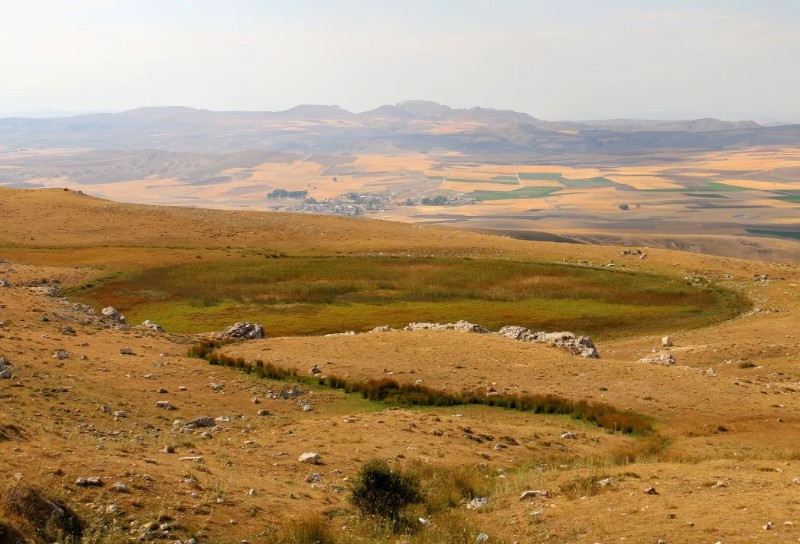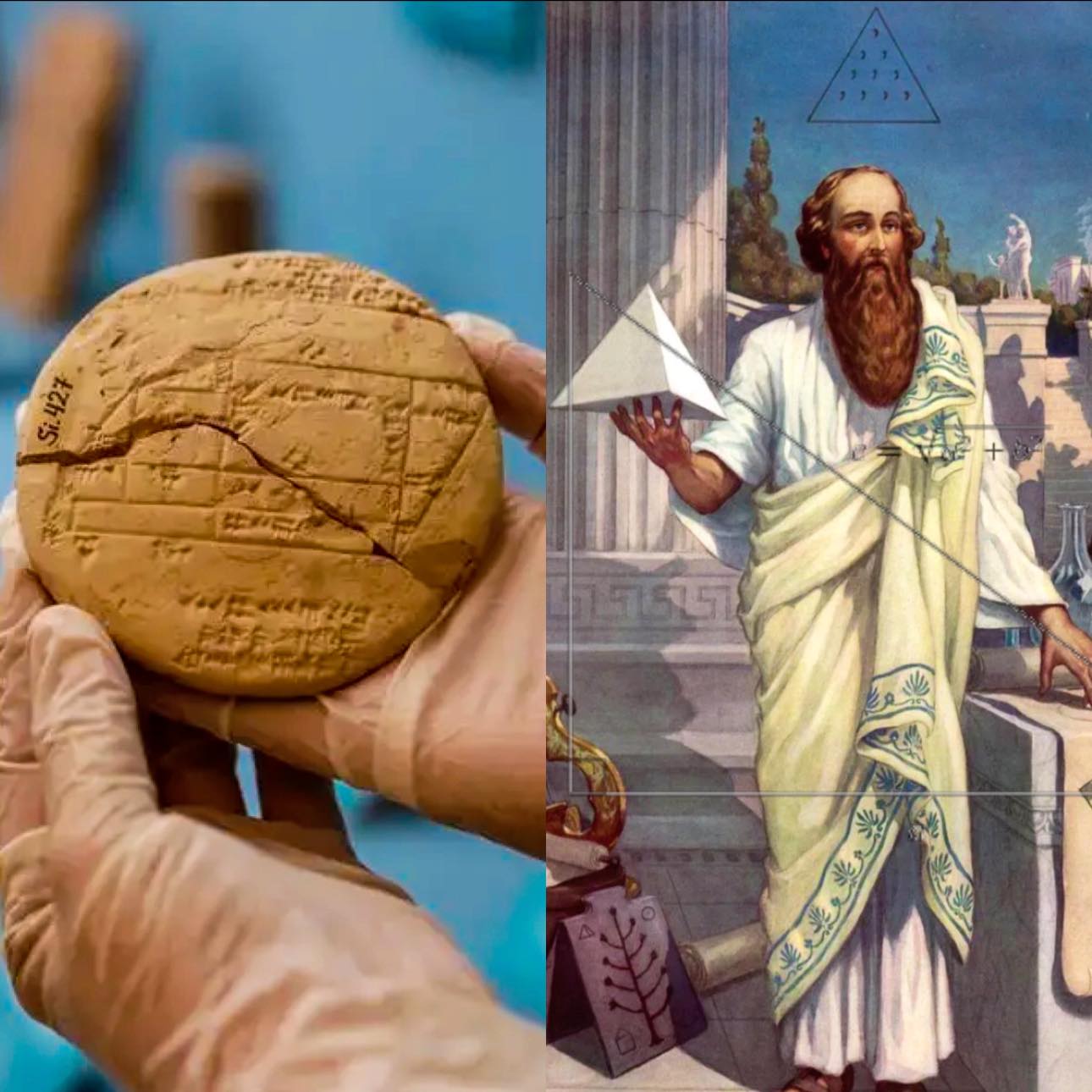Onur's blog
Located in the city of Sivas, which has hosted many civilizations throughout history, the Hittite Suppitassu Lake has completely dried up.
The lake, which the Hittite king used to welcome spring and purify himself 3,500 years ago, succumbed to climatic changes.
Lake Suppitassu, located near the ancient city of Sarissa and once fascinated everyone with its view, has been covered with reeds. Lake Suppitassu, which was studied by German scientists and once had a depth of approximately 7 meters, is expected to fill with water again with rainfall.
... more
A remarkable discovery emerges from history as a 3,700-year-old clay tablet reveals the ancient Babylonians’ understanding of the Pythagorean theorem, predating Pythagoras by over a millennium.
Discovered in 1894 by a French archaeological expedition and now housed in the Istanbul Archaeological Museum, the tablet, Si.427, served as a practical tool for ancient land surveyors. It contains cuneiform instructions clarifying the construction of precise right triangles, representing humanity’s earliest documented application of geometry.
Daniel Mansfield, a mathematician from the University of New South Wales, explained the significance of Si.427’s markings, highlighting the Babylonians’ proto-trigonometric approach tailored for terrestrial measurements.
Si.427 not only delineates land boundaries but also provides insights into legal and geometric intricacies concerning divided fields. It includes sets of Pythagorean triples, like 3, 4, 5 and 8, 15, 17, used in land demarcation.
Mansfield’s prior discovery, Plimpton 322, shares a similar significance, showcasing the Babylonians’ pioneering efforts in trigonometry, crucial for property delineation during an era witnessing the rise of private land ownership.
Archives
- All
- February 2025
- January 2025
- December 2024
- November 2024
- September 2024
- August 2024
- June 2024
- April 2024
- March 2024
- February 2024
- January 2024
- December 2023
- November 2023
- October 2023
- September 2023
- August 2023
- July 2023
- June 2023
- May 2023
- April 2023
- March 2023
- February 2023
- January 2023
- December 2022
- November 2022
- September 2022
- May 2022
- April 2022
- February 2022
- January 2022
- September 2021
- August 2021
- July 2021
- June 2021
- May 2021
- December 2020
- November 2020
- September 2020
- February 2020
- January 2020
- August 2019
- July 2015
- May 2015


